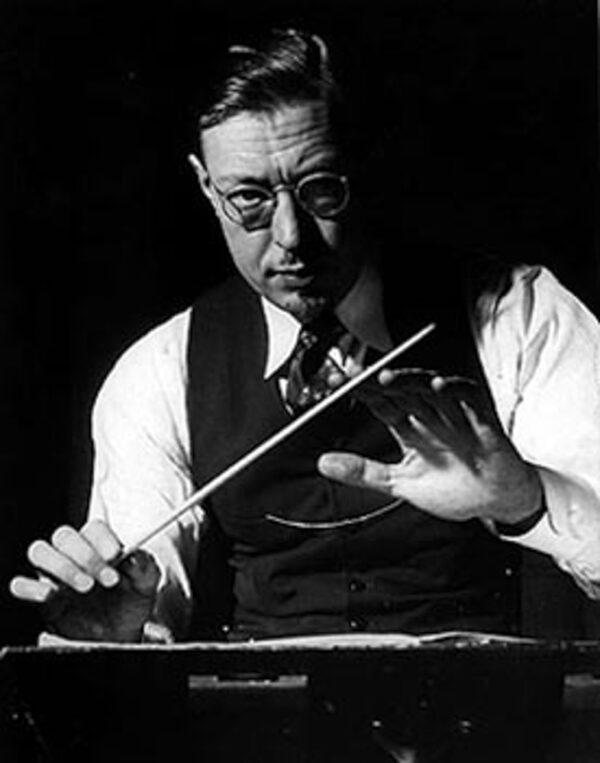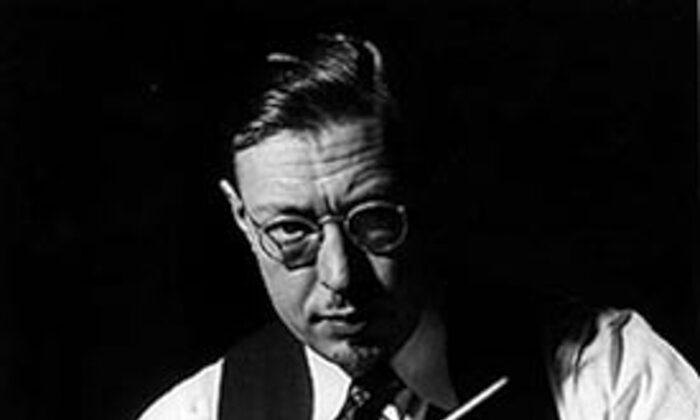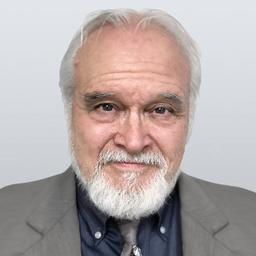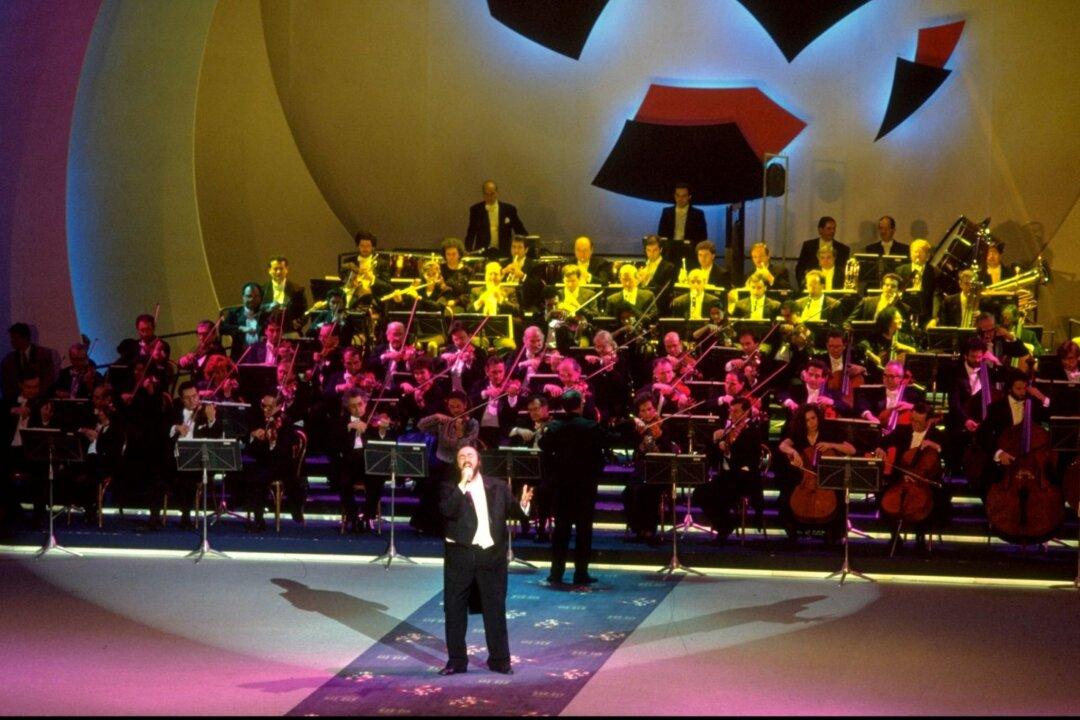He wrote one of the most widely performed symphonies of the early 20th century but is virtually forgotten today. American composer Howard Hanson (1896–1981) was a self-professed Romantic whose works richly deserve to be revived and restored to global musical consciousness.
By “self-professed,” I refer to the title Hanson gave his Symphony No. 2, “Romantic,” which he composed on commission from the Boston Symphony Orchestra for its 50th anniversary. During the years he wrote it, from 1928 to 1930, Hanson was in the early years of a lifelong project: the directorship of the Eastman School of Music in Rochester, New York.

A Melody Lives On
Despite the heavy administrative demands of kick-starting a school, Hanson somehow managed to compose the ambitious Symphony No. 2, a work in which melodies bloom naturally from initial harmonic gestures.One of these melodies, introduced in the symphony’s first movement and cycled in some form throughout its two remaining movements, became, with repeated performances by dozens of orchestras worldwide, an icon of American Romanticism. Even if you don’t know it, you’ve likely heard it, thanks to director Ridley Scott incorporating it into the closing credits of his film “Alien.”
A Romantic Manifesto?
Writing in classical.net, Steven Schwartz says Hanson considered the “Romantic” Symphony “a manifesto of sorts.” That very well could be the case, as each subsequent Hanson symphony broadened the definition of “Romantic,” but never abandoned its core principle of increased expressivity through heightened values. Hanson’s procedure was classical—motifs and themes emerge out of harmonic structure—but his aim was intensely emotional.The values heightened in a Hanson symphony are those of consonance and dissonance, textural complexity and release, and instrumental colors blended and contrasted. The emotional experiences include those of epic struggle in Symphony No. 3 (1938) and Symphony No. 6 (1967); the myriad facets of grief in his Pulitzer Prize-winning Symphony No. 4, “Requiem” (1943); the mystery of faith in Symphony No. 5, the single-movement “Sinfonia Sacra” (1954); and the oceanic majesty in his choral symphony on texts by Whitman, No. 7, “The Sea Symphony” (1977).
Except for a revival on compact disc by the Seattle Symphony Orchestra under conductor Gerard Schwarz in the early 1990s, Hanson’s symphonies have been almost entirely ignored since his death. The hegemony of Modernism has kept them out of the repertoire.
No Expression Allowed
Igor Stravinsky lays out the Modernist creed in his autobiography: “Music by its very nature is incapable of expressing anything.”This means that the dirge you heard at the funeral of a loved one didn’t express sadness, and that the lilting waltz you danced to at your wedding didn’t indicate happiness. More than that, since music expresses nothing, all pieces are interchangeable. It should be possible to play the lilting waltz at the funeral or the funeral march at a wedding.
Stanley Kubrick did precisely the latter in his film “Barry Lyndon,” using a Schubert funeral march for the wedding of the doomed hero, for the very reason that Stravinsky denies: When we hear the wedding music, we sense subconsciously that something is wrong, because the music expresses the opposite of joy.
Hanson, on the other hand, would have none of that. His early influences, Dvorak and Sibelius, exampled for him what music was all about. He knew the fire he was playing with every time he sat down to compose. Music not only expresses, it cannot by its very nature escape expression.






